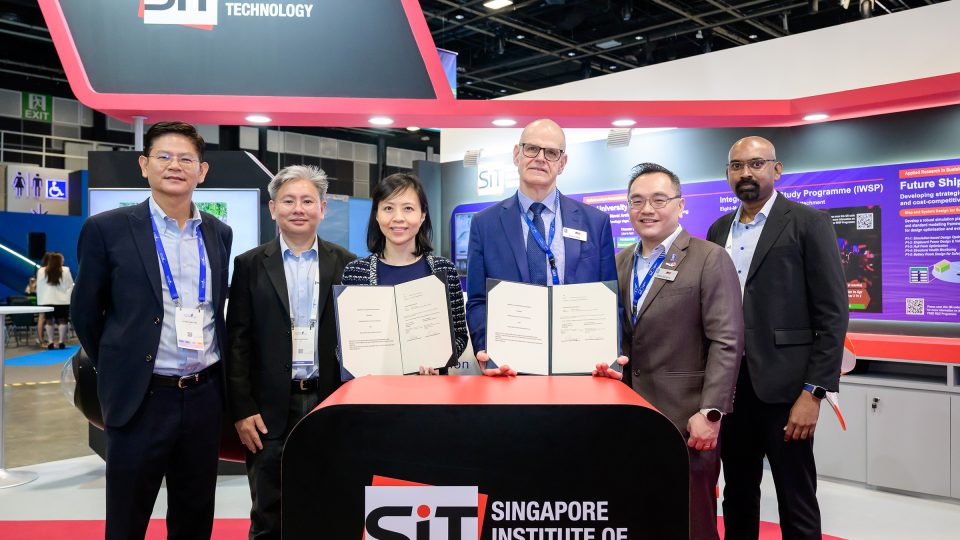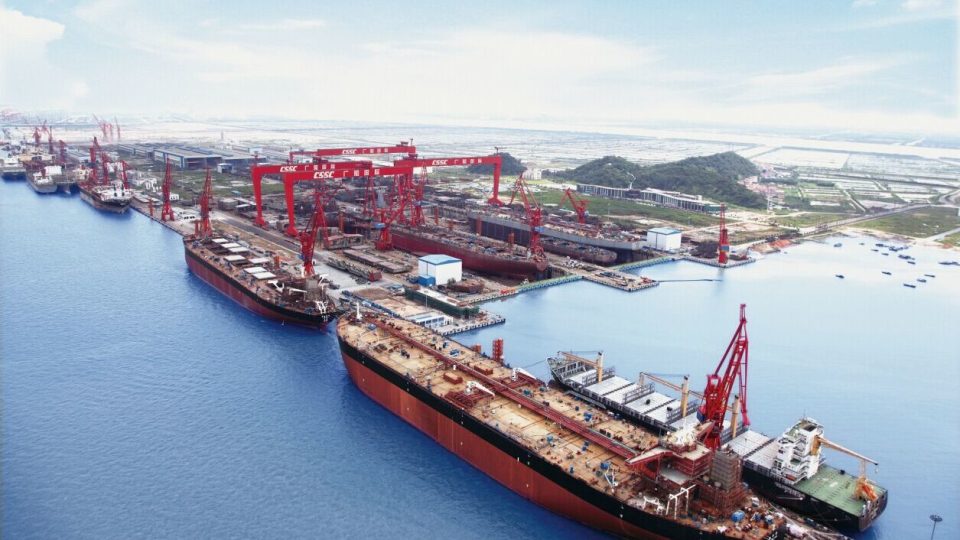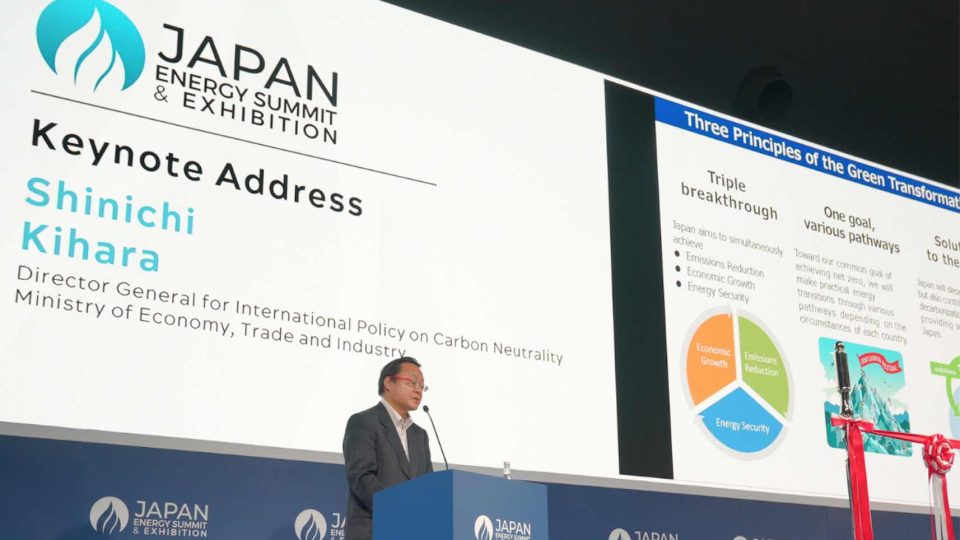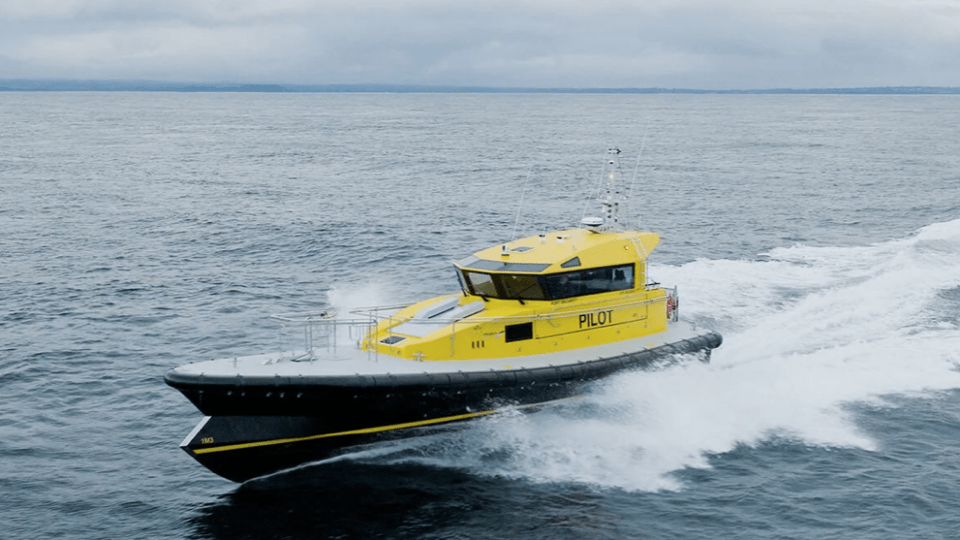Rolls-Royce supplies engines and power systems for three new Polish Navy frigates
The mtu propulsion engines and four marine gensets for the propulsion and power supply of the first of three new Miecznik multipurpose frigates for the Polish Navy are currently being built at Rolls-Royce in Friedrichshafen, Germany.
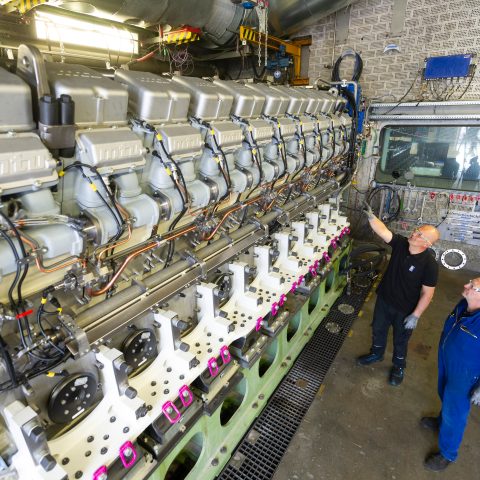
The mtu propulsion engines and four marine gensets for the propulsion and power supply of the first of three new Miecznik multipurpose frigates for the Polish Navy are currently being built at Rolls-Royce in Friedrichshafen, Germany. Four mtu 20V8000 main propulsion engines with 8,200 kW each and four mtu 12V4000 on-board generators with 1650 kW mechanical power each will be installed on each ship.
The four main propulsion engines of the CODAD propulsion system, two per propeller, can be used flexibly in different combinations – from single engine operation for slow patrols to high-speed operation at over 20 knots (37 km/h) with all four engines. At a cruising speed of 12 knots (approx. 22 km/h), the Miecznik-class ships have a range of around 8,000 nautical miles (almost 15,000 kilometers).
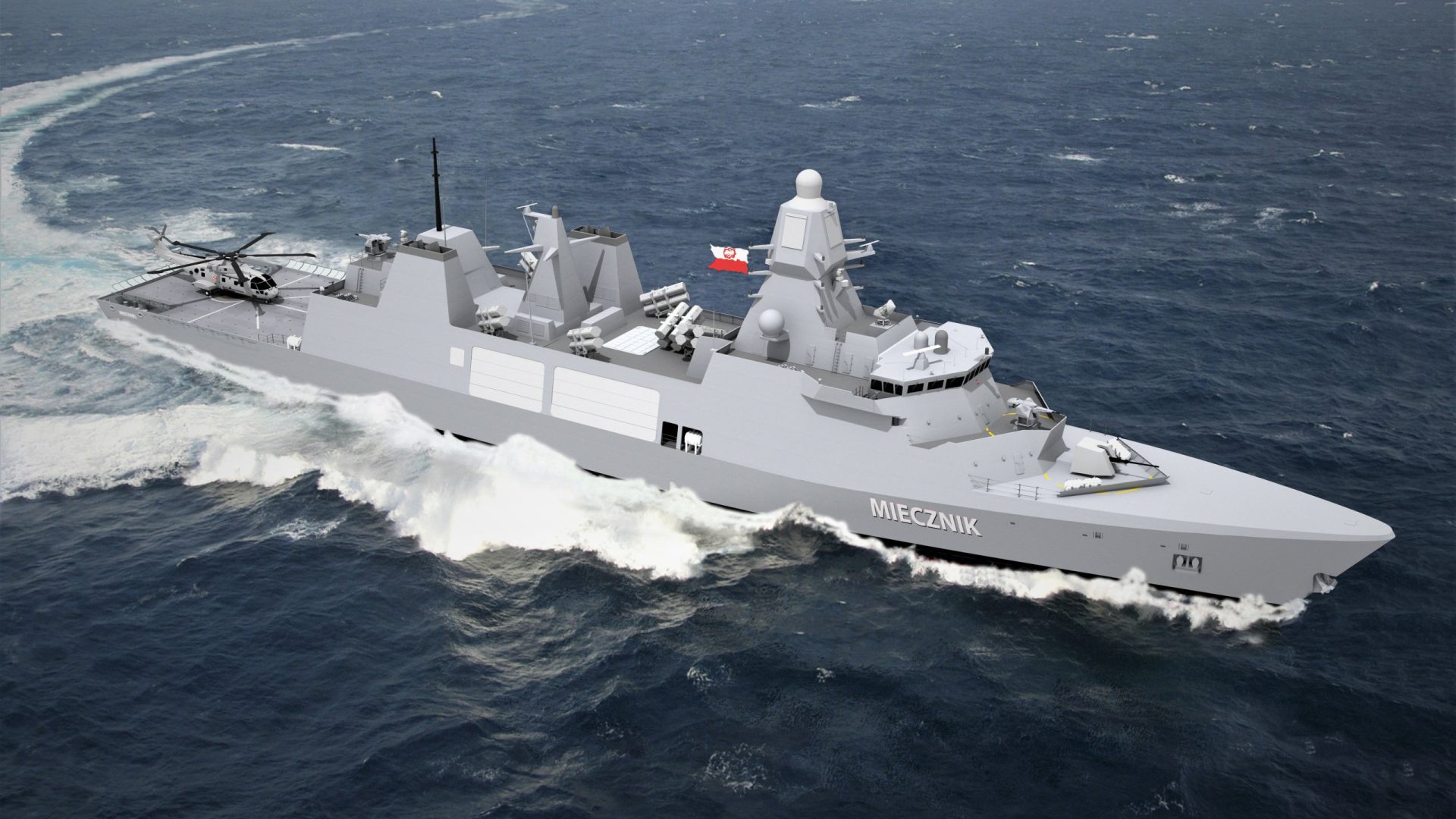
The four mtu on-board power generators feed the electrical power grid for ship and mission operations independently of the propulsion engines. The frigates are equipped with weapon and mission systems to monitor and control sea areas, protect naval bases and attack surface, underwater, land and air targets.
The first ship of the Miecznik (swordfish) class, which is based on the British Arrowhead 140 concept, is currently being built at the state-owned PGZ shipyard in Gdynia. The first ship is scheduled to be launched in 2026 and commissioned in 2030, with the other two ships to be handed over to the Polish Navy by 2031.
“This order as part of our strategic initiative in the government business not only further consolidates our strong position in the market for propulsion systems for very fast ships. With these state-of-the-art systems, we are also supporting our NATO partner Poland, with whom we have a long-standing partnership,” says Paul Röck, Defence Sales Director for EMEA and Latin America at Rolls-Royce Power Systems.
Since its launch in 2000, the mtu Series 8000 has become the benchmark for high-speed high-performance diesel engines. The 20-cylinder variants with an output of up to 10,000 kW are used worldwide in naval and government vessels as well as in commercial fast ferries with top speeds of over 38 knots (70 km/h). They are characterised in particular by high acceleration, economical operation and ease of maintenance. A variant of the 8000 with 16 cylinders and up to 8000 kW is now also in the programme. “The wide performance range of the 8000 series, from unlimited low-load operation to rapid deployment, is of particular interest to government and armed forces vessels,” emphasises Paul Röck.




